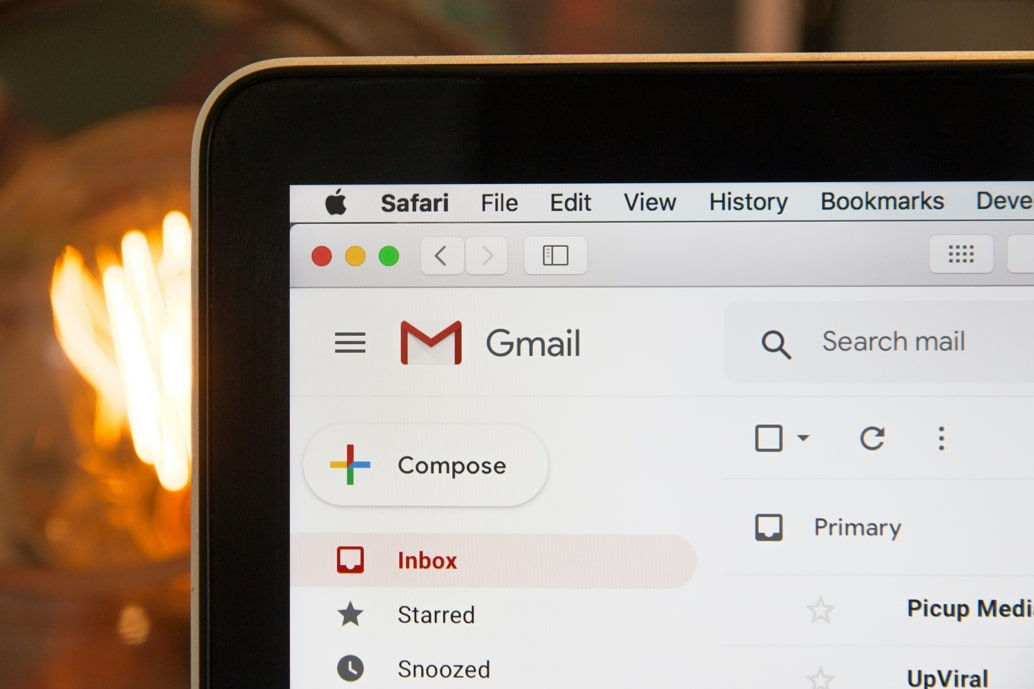Ever hit “send” on a CRM email campaign only to find out later that most of your emails slipped into spam folders? It’s like putting all that work into crafting a message, only to have it disappear into the digital void. Frustrating, right?
Getting CRM emails to land in the inbox isn’t just about sending a great message; it’s about understanding email algorithms, using the right technical setups, and knowing a few insider tricks. This article digs into practical, actionable ways to improve your CRM emails’ deliverability—no jargon, just real advice you can start applying today.
So if you’re ready to boost open rates and ensure your messages get the attention they deserve, keep reading. Let’s keep your CRM emails out of spam and in front of your audience where they belong.
Why did your emails go to junk?
The junk or spam folder is like an email’s holding cell, where messages suspected of being unwanted, harmful, or irrelevant get filtered. Internet Service Providers (ISPs) and email providers like Gmail, Outlook, or Yahoo use a mix of algorithms and filters to identify emails that might be spam, protecting users from unsolicited or malicious content.
An email ends up in the spam folder when it triggers certain filters that mark it as potential spam. These filters analyze each email based on a variety of factors, from the sender’s reputation to the language used within the email. Here’s a closer look at the most common reasons emails get flagged:
Poor sender reputation
Email providers keep a close watch on the sender’s reputation. If a domain or IP address has a history of sending spammy content, or if it’s linked to an account with low engagement, it’s likely to get flagged. High bounce rates, low open rates, or frequent complaints can hurt a sender’s reputation, leading emails to go straight to spam.
Suspicious content
Certain words or phrases—like “FREE,” “WIN NOW,” or “LIMITED TIME OFFER”—are often associated with spam, so email providers may flag emails containing these as junk. The same goes for emails with too many exclamation marks, excessive use of capital letters, or unbalanced image-to-text ratios. Content plays a major role in how email filters determine whether an email is spammy or legitimate.
Technical misconfigurations
Email providers expect to see certain security protocols in place, like SPF (Sender Policy Framework), DKIM (DomainKeys Identified Mail), and DMARC (Domain-based Message Authentication, Reporting, and Conformance) authentication. These protocols confirm that an email was sent by an authorized sender, reducing the chance of email spoofing. When they’re missing or incorrectly set up, it raises a red flag, and the email might go to spam.
High-frequency sending
Sending too many emails in a short period can look suspicious. If a sender blasts out a large number of emails in one go, ISPs may see this as spammy behavior and automatically mark these emails as junk. This is especially common when new senders ramp up their email volume too quickly without warming up their sending domain.
User engagement signals
Email providers consider how recipients engage with an email sender’s previous messages. If people consistently delete, ignore, or report emails from a specific sender as spam, it signals low trust and relevance. Over time, this increases the likelihood of future emails from that sender going to the spam folder.
Misleading subject lines
Subject lines are the first thing recipients see, and if they’re misleading or overly sensational, they can trigger spam filters. For example, subject lines promising unrealistic outcomes (“Lose 20 Pounds in a Week!”) or using false urgency like “Act Now Before It’s Too Late!” can make an email seem untrustworthy. Spam filters are designed to pick up on these tactics and might flag such emails as spam.
Lack of permission from recipients

One of the biggest reasons emails go to spam is sending messages to people who didn’t opt in. If recipients haven’t given explicit permission to be contacted, or if emails are sent to purchased lists, email providers may automatically flag these emails as spam. User consent is a key factor in email marketing, and violating it can damage a sender’s reputation.
Unsubscribing issues
Legitimate emails are required to include an easy way for users to unsubscribe. If an email lacks a clear unsubscribe link or if it’s hard for recipients to find or use, email providers may flag it as spam. ISPs monitor complaints, and if users report that they can’t unsubscribe from a sender’s list, future emails from that sender could be sent straight to the spam folder.
High image-to-text ratio
Emails that contain mostly images with very little text are more likely to be marked as spam. Images alone don’t provide much information to email filters, so these emails can appear suspicious or blank, triggering spam filters. To improve deliverability, emails should ideally maintain a balanced mix of images and text.
Unfamiliar “From” name or email address
When recipients see an unknown or unusual “from” name, or when it doesn’t align with the brand they subscribed to, they may ignore the email or even mark it as spam. Similarly, if the email address looks suspicious or untrustworthy (for example, a generic or random Gmail or Yahoo account instead of a company domain), this can raise red flags both with recipients and with email providers.
HTML coding errors
Poorly formatted HTML, such as broken links, unclosed tags, or overly complex code, can make an email look like it was created by a spammer. If an email client detects sloppy or suspicious HTML, it’s more likely to push the email into the spam folder. Simple, clean HTML code can reduce this risk and improve deliverability.
Excessive use of attachments
Attachments, especially large or multiple ones, can make an email appear suspicious, as they’re often used in phishing schemes. CRM emails rarely require attachments, so adding them can be a red flag. Instead, linking to a secure online document can help prevent spam flagging.
Overly personalized tokens

While personalization generally improves email engagement, going overboard can have the opposite effect. For example, if an email uses multiple personalization tokens in an unnatural way (“Hello [FirstName] [LastName], here’s your order, [OrderNumber]”), it can look spammy to filters. Email providers may flag it as an attempt to manipulate the recipient, pushing it into spam.
Frequent use of URL shorteners
URL shorteners like bit.ly or tinyurl can hide the destination website, which makes emails appear suspicious to both spam filters and recipients. Since spammers often use these to conceal malicious links, relying heavily on shortened URLs can hurt email deliverability. Use full URLs when possible or branded URL shorteners, if available.
High bounce rate
If a sender regularly emails invalid or deactivated addresses, resulting in a high bounce rate, email providers might see this as a sign of a low-quality or poorly maintained contact list. Over time, a high bounce rate signals to ISPs that a sender’s emails might not be welcome or well-targeted, leading to more messages being flagged as spam.
See SMO in action
Try our solutions with zero commitment
Keeping your emails out of spam
To keep CRM emails out of spam, focus on building a solid sender reputation by using permission-based lists and keeping your subject lines clear and relevant. Set up email authentication (SPF, DKIM, DMARC) to boost credibility, and maintain a balanced image-to-text ratio. Stick with a consistent “from” name, make sure to include a visible unsubscribe link, and avoid using URL shorteners. Finally, clean your list regularly to reduce bounces. These small steps can make a big difference in ensuring your emails reach the inbox.
We hope this article helps you achieve spam-free outreach as you connect with your audience through effective email marketing! For more tools to streamline your business efforts, from corporate management to customer relationship insights, check out SMO—our all-in-one small business management SaaS service designed to fuel your growth.


